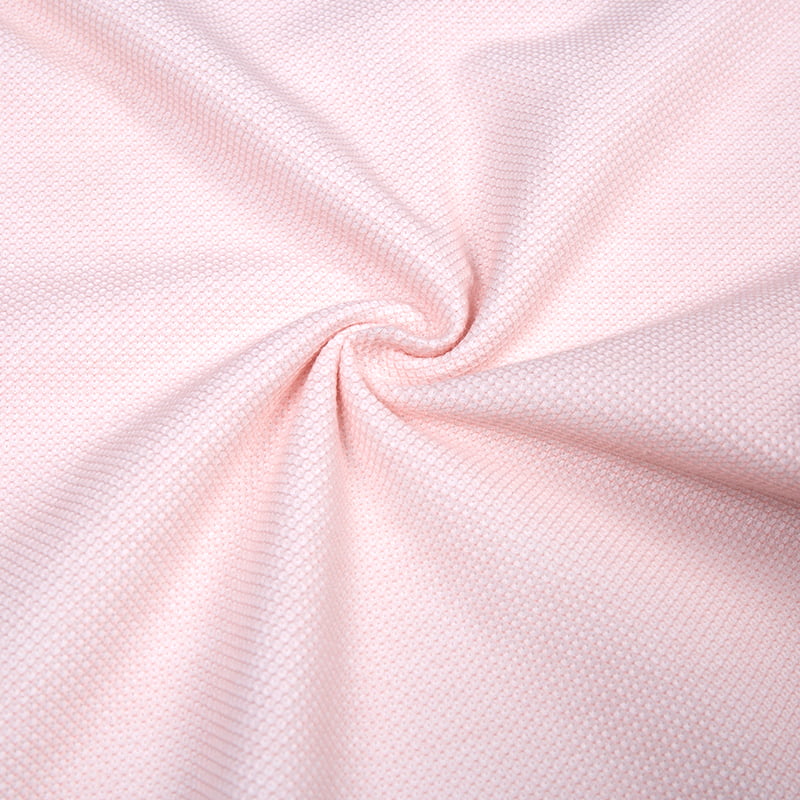
When pique knit fabrics are used in medical applications, they typically require a variety of special processing steps to ensure that they meet the necessary standards and requirements. These special processing steps include:
Sterilization: Medical fabrics must be sterilized to remove bacteria, viruses, and other pathogens. This can be accomplished through processes such as steam sterilization, ethylene oxide sterilization, and gamma sterilization. The specific method depends on the fabric composition and end-use requirements.
Antibacterial treatment: Pique knit fabrics used in medical applications may be treated with an antibacterial treatment to inhibit bacterial growth and prevent infections. This treatment involves incorporating antimicrobial agents into the fabric or applying them as a coating.
Moisture management: Medical fabrics must effectively manage moisture to ensure that sweat and other liquids are wicked away from the body. This includes using moisture-wicking finishes and incorporating hydrophilic fibers into the fabric.

Fire resistance: Some medical applications may require fabrics to have fire-resistant properties to minimize the risk of fire-related incidents. To achieve this, flame-retardant finishes or unique flame-retardant fibers can be used.
Barrier properties: Depending on the specific medical application, fabrics may need to provide a barrier to liquids, chemicals, or particulate matter. This can be achieved by applying a protective coating or by selecting suitable fabric materials with inherent barrier properties.
Biocompatibility: For fabrics that come into direct contact with the skin, it is important that they are biocompatible, meaning they do not cause skin irritation or allergic reactions. This may include conducting biocompatibility tests according to ISO standards.
Regulatory Compliance: Finally, fabrics used in medical applications must comply with relevant regulatory and safety standards, such as ISO 10993-5 (biocompatibility) and ISO 16603 (resistance to synthetic blood penetration). These standards ensure that fabrics meet specific performance standards and are safe for use in medical settings.


 English
English 中文简体
中文简体











